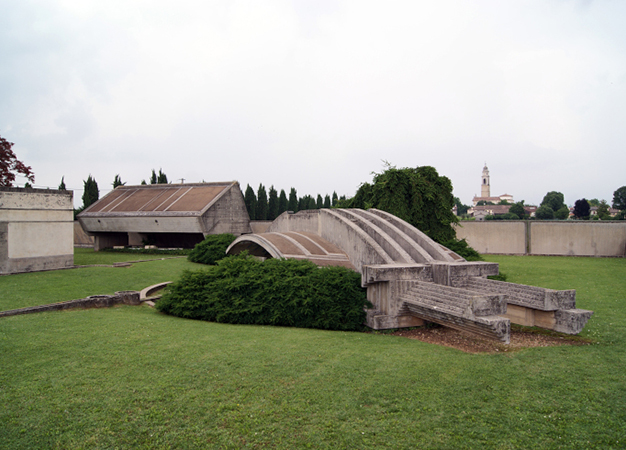Jardin et melancolie en Europe entre le XVIe sicle et l'epoque contemporain
The electronic journal "Histoire culturelle de l'Europe" is a research journal in the humanities and social sciences, founded by the Equipe de Recherche sur les Littératures, les Imaginaires et les Sociétés (ERLIS, EA 4254), which brings together researchers in foreign literatures and civilizations, and supported by the MRSH of the Université de Normandie.
This issue is a collective work on the theme "Garden and melancholy in Europe between the eighteenth century and the contemporary era". Garden of heaven or garden of tortures, hortus conclusus or locus amoenus, utopia or idyll, mirror of society or antithesis, place of memory or place of oblivion, living place cultivated by humans, as work in progress without end or as relic, forgotten and abandoned, but alive nevertheless - the microcosm of the garden is not just the dream space par excellence, but often also a space of melancholy. In its many facets, the garden always reflects its creator. As such, the garden as research subject highlights essential aspects of the history of consciences.
longing for a landscape lost
In the contemporary metropolis, the landscape is gradually being absorbed in the realm of urbanity, and the longing for landscape becomes a collective urgency as a natural reaction to that which is disappearing. There is a need for new outside spaces, for temporary escapes ; public gardens can provide for this need. Public gardens are spaces outside the network of movement and main urban structures, places of refuge, at a distance from the public domain, ‘marginal spaces’, cutting across theories and practices of contemporary urbanism involving the social and ecological functionality of ‘green spaces’ and ‘natural’ leisure resorts. Their threshold and enclosure allow them to be representations of landscape and nature as catalysts of contemplation, memory and melancholy.
In their reference to landscape, examples such as the Brion Cemetery Garden (Carlo Scarpa & Pietro Porcinai 1969-78, IT), the garden of the Bibliothèque Nationale de France (Dominique Perrault & Erik Jacobsen 1988-96, F) and the Observatorium Nieuw-Terbregge (Observatorium 2001, NL) have the agency to evoke memories and feelings of a past that no longer exists, a landscape filled with associations, ghosts, relics of that which is no longer there, as well as of an unknown future.
in Histoire culturelle de l'Europe Jardin et melancholie en Europe entre le XVIe sicle et l'epoque contemporaine 3-2018. In samenwerking met Joost Emmerik.
